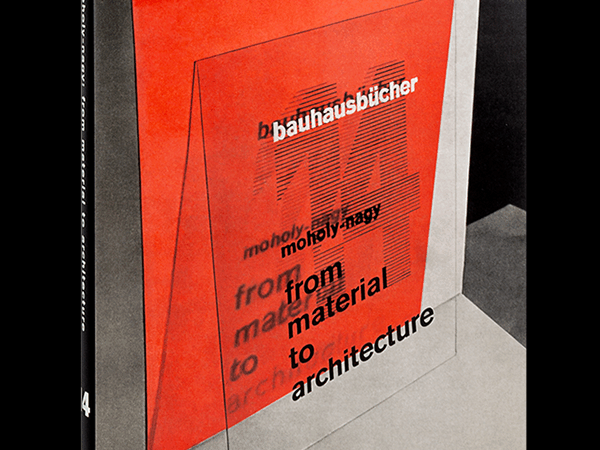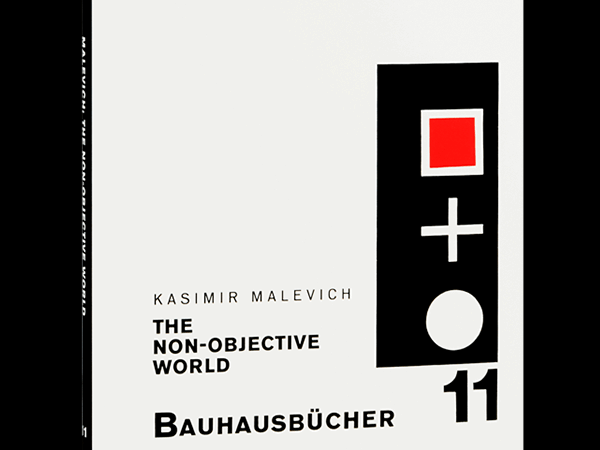
The post-Soviet architecture of Ukraine is a complex and often fraught subject we’ve frequently explored on this site. Kyiv’s Osnovy Publishing is at the forefront of documenting the Soviet architectural legacy, as well as its newfound vernacular architecture, via numerous books that illustrate the patchwork approach to building and city planning in Ukraine since 1990. Its Chic series in particular – which began with 2019’s Balcony Chic, and now continues with Orthodox Chic – offers a deadpan view of the motley, often improvised constructions that define the modern Ukrainian cityscape.
While Balcony Chic documented the colorful, often wild modifications to Ukrainian apartment balconies and sunrooms by their residents, Orthodox Chic examines vernacular religious architecture in the country. The latter subject is considerably more controversial, as it involves not only the use of public space and secular-versus-religious conflicts, but also the schism between subsects of Orthodox Christianity (specifically the Kyiv and Moscow Patriarchies), which has boiled over into riots and physical clashes over sacred sites in recent decades.

While the post-Soviet era certainly introduced new architectural freedoms to Ukraine (as well as other former Soviet republics), it also saw centralized structures, funding, and oversight disappear, to be replaced by a nascent and often brutish capitalism. As the book’s introductory essay puts it:
…the uniform modernist appearances of former Soviet cities began to take on new colour and lose their prescribed ideological functions. The architecture and spatial organization of the city of the new era were no longer centrally planned or had to follow legal procedures, and were no longer subject to functional or aesthetic laws – instead, they became ruled by market law, in particular, crony capitalism.
Though the subject is certainly heavy, there are still an abundance of whimsical scenes to be found: Orthodox crosses side-by-side with McDonald’s golden arches, or gleaming brass onion domes atop rusting, mud-spattered shipping crates. The authors of Orthodox Chic present plenty of these absurdist juxtapositions, but there are numerous scenes of genuine beauty as well, from tiny, makeshift shrines meant for just a few worshippers to massive, traditional wooden churches.



Minimal Movie, a Kyiv-based production company, created a companion film to the book. The short film showcases some of the structures on display, accompanied by a hypnotic original score by Anton Dehtiarov:
Orthodox Chic
By Alex Bykov, Oleksandr Burlaka, and Sasha Kurmaz
Osnovy Publishing
Hardcover, 136 pages, $39



